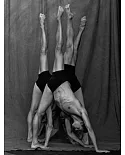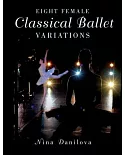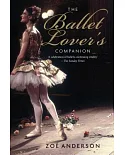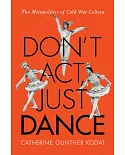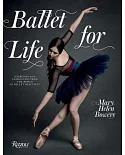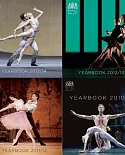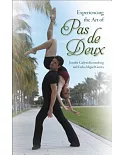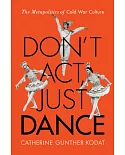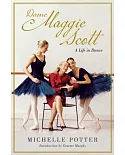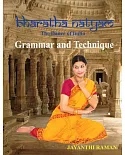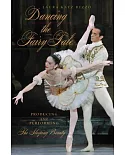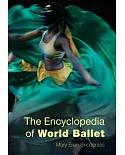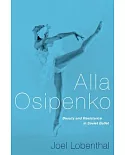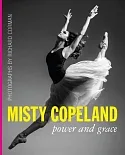Yaraman (Fordham U.) draws on a wide range of musical and textual evidence from European countries to discuss the waltzes that were composed in the tradition of Western art music, arguing that
the stylistic transformations that occurred in the history of the waltz were in part the result of the social and artistic functions they served and for which they were created. In the six
chapters she addresses the waltz as social dance, particularly the 19th-century Viennese waltz and how the rhythm, circularity, and repetition of the dance is reflected in the music; waltzes in
ballet and opera, instrumental genres, and those compositions that make the waltz itself the subject; the role of women as dancers and/or composers; and the relationship between the waltz as a
dance and as music. Contains many musical examples. Annotation c. Book News, Inc., Portland, OR (booknews.com)


